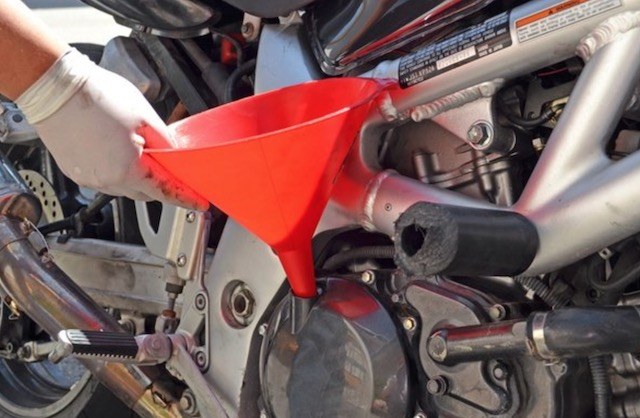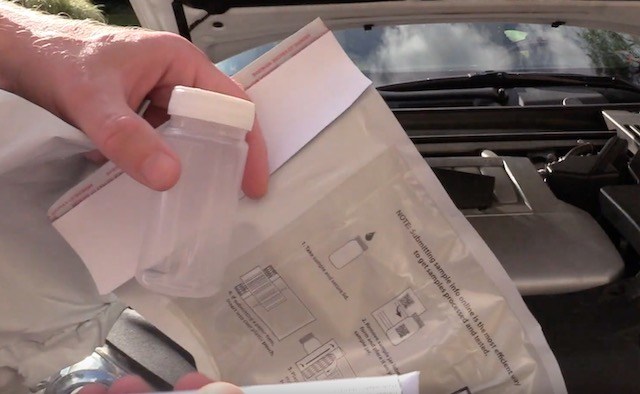Can You Extend The Oil Drain Interval On Your Engine? Here’s How You Figure It Out
When it comes to oil changes in motorcycles, the rule of thumb is to change the oil every 3,000 miles. However, you may be able to wait a little longer between oil change intervals. The longevity of the oil in your bike depends on the state of the engine and your riding patterns.

By knowing how long oil can last in your engine, you can extend the oil change interval beyond 3,000 miles. This comes with several benefits, including:
- Cost savings (the longer the interval, the less money you’ll spend on motor oil in the long run)
- Reduced oil waste
So how can you safely extend the oil change interval without harming your engine? The answer is simple: Test the oil just before you would normally change it. For example, if you usually change the oil after 3000 mile, get the test done after 2500 miles. The results will let you know how much longer you can go.
How Do You Test the Oil?

Image Credit: repairvehicle
Technically, you don’t test the oil yourself. Instead, you just send the oil to a testing lab, and they’ll take care of the rest. Here’s how the process usually goes:
- You order the test. Many labs provide the test kit for free.
- The lab sends you a kit.
- You collect a sample of the oil. Make sure that the engine is fully warmed up before collecting the sample. You typically need to collect about 3 ounces of oil.
- Fill out the form provided by the lab.
- Send the sample and related documents to the testing lab.
- The lab does its magic.
- The results are mailed or emailed to you in about a week.
The form that you fill out collects information that helps the lab evaluate the oil. They usually want to know:
- The kind of vehicle and its mileage.
- The engine in the vehicle.
- They type of oil you used.
- Any additives you may put in the oil.
This information helps the lab to evaluate the oil. For example, high levels of sodium in the oil indicate antifreeze contamination. But some oils have sodium in them when they are new, and others don’t. So it’s important to know the base level of sodium in the oil.
What is Each Oil Sample Tested For?

The testing methods vary between labs, but typically each oil sample is tested using chemical spectrometry. Quite simply, the testing lab looks for contamination from:
- Antifreeze
- Water
- Fuel
- Metal particles (aluminum, iron, and copper, to name a few)
- Combustion byproducts
Most testing labs will give you a detailed analysis of what’s in the oil. A typical report will have more than 20 items shown on the test report.
What Can the Test Results Tell You?
Usually, the testing lab will analyze the results for you. They’ll give you a detailed analysis that explains the issues they may have found. The test results will give you a whole lot of information, including (but not limited to):
- The amount of metal particles in the oil
- The amount of antifreeze in the oil
- The amount of fuel, water, and/or insolubles in the oil
The test results will give you an accurate picture of what’s going on inside your engine. For example, you can use the results to determine:
- The condition of the pistons and bearings
- If there is any coolant leaking into the oil
- The condition of the air filter
How Do I Know If I Can Extend My Oil Change Interval?
To understand if you can extend your oil change interval, you need to be sure to get a Total Base Number (TBN) test. Some labs include this in their basic test, and others sell it as an upgrade. The TBN test evaluates the chemical condition of the oil. This information, along with the amount of contaminants in the oil, will allow the lab to recommend an oil change interval.
